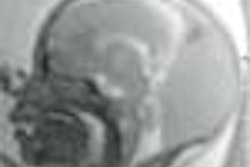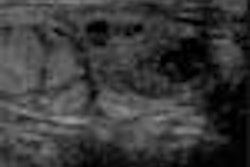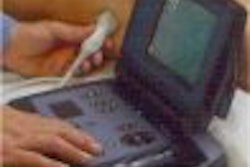Toshiba America Medical Systems has launched a new line of ultrasound systems called Nemio. Targeted at private-practice physicians or medical clinics, the three new models weigh 275 pounds each and measure 55 inches tall, according to the Tustin, CA-based vendor.
Nemio 10 is a 64-channel gray-scale system that can be upgraded to a 256-channel color scanner. Including ports for linear and convex probes, this model is well suited for private-practice ob/gyn and general surgical specialists, as well as labor and delivery wards and emergency hospital departments, according to Toshiba.
The 128-channel Nemio 20, designed primarily for doctors' offices, hospital units, and the operating room, has the added feature of color Doppler capabilities, according to the firm. Color Doppler also makes Nemio 20 suitable for perinatology units and vascular labs, as well as private-practice physicians such as ob/gyns and internists, according to Toshiba.
The multifunctional Nemio 30 adds continuous-wave Doppler and phased-array probe capabilities that make it ideal for the cardiology environment, including private practices, according to Toshiba. The vendor believes that Nemio 30 will also be of interest to hospital radiology departments and diagnostic imaging centers.
Nemio 30 includes the same linear and convex probe ports as the 10 and 20 models, and also incorporates a third port for the use of a transesophageal probe, as well as a separate port for a pencil probe. All Nemio transducers are interchangeable with Toshiba's premium PowerVision 6000 whole-body ultrasound scanner.
Cardiac-related options are limited to Nemio 30, although features such as 3-D Fetal Face and Fusion 3-D are available as options on the 20 and 30 models. Fusion 3-D provides clinicians with a 3-D display of blood flow with the corresponding tissue image, according to Toshiba. With the Telemedicine option, clinicians can see live, real-time scanning from remote workstations.
All Nemio scanners employ the Windows operating system. A read-and-write zoom feature enables sonographers to focus on both dynamic and still images, according to Toshiba.
By AuntMinnie.com staff writersMay 8, 2001
Related Reading
Toshiba touts endoscopic ultrasound probe at ECR, March 4, 2001
Copyright © 2001 AuntMinnie.com



















